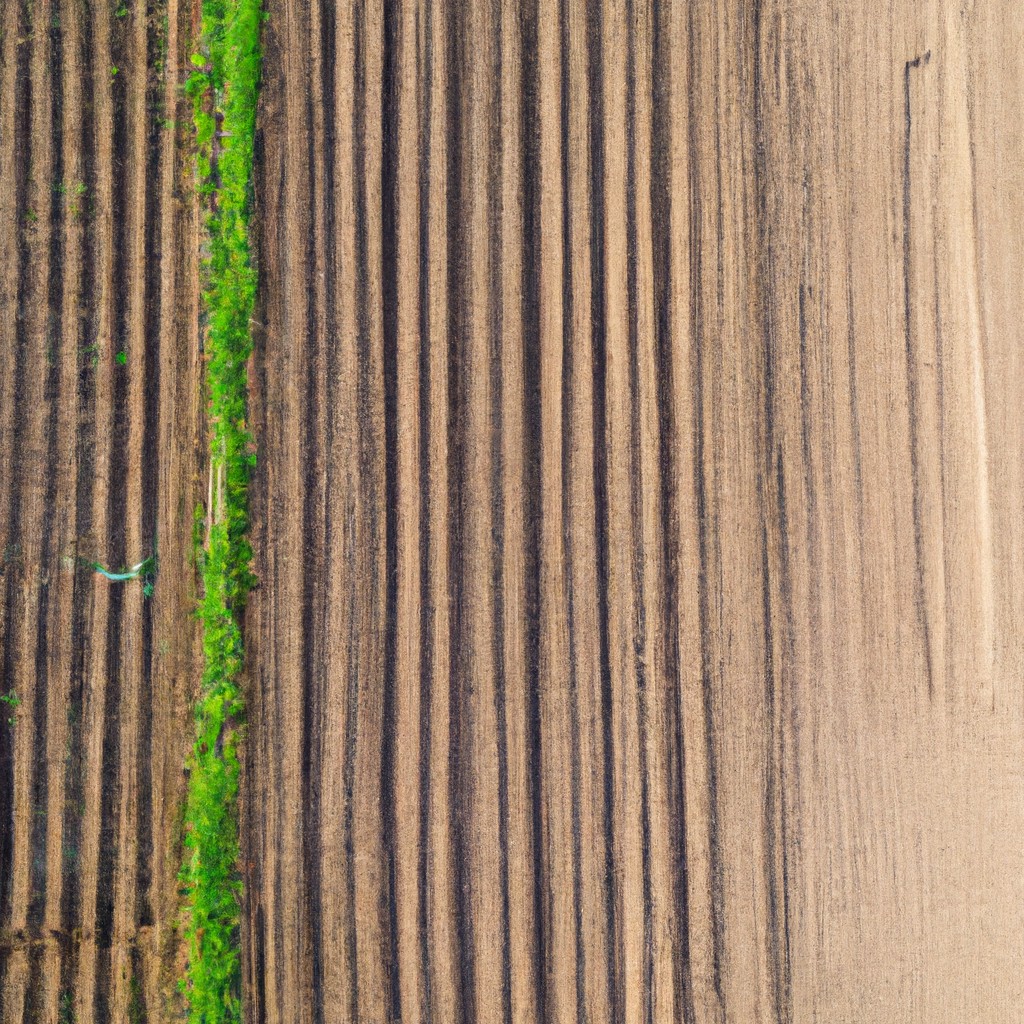Discover how agricultural practices have evolved over time, from ancient cultivation methods to modern sustainable techniques.
Look Inside:
Birth of Agriculture

Agriculture likely began around 10,000 years ago during the Neolithic era when nomadic tribes settled and began cultivating crops and domesticating animals. This shift enabled consistent food supplies, sparking village and city development and laying foundations for modern society. Staple crops included wheat in the Middle East, rice in Asia, and maize in the Americas, reflecting regional adaptations. The domestication of animals such as cows, sheep, and goats provided additional resources like milk, meat, and labor, further stabilizing emerging societies. These early farming practices were sustainable, relying on natural fertilizers and manual irrigation, setting the stage for future agricultural innovations.
Neolithic Revolution
During this period, approximately 10,000 years ago, humans transitioned from nomadic hunter-gatherers to settled farmers. This change marked a significant shift in how societies were structured and fueled the development of civilizations.
- Sedentary lifestyles: By cultivating plants and domesticating animals, early humans could stay in one place, which led to the development of villages and eventually cities.
- Crop cultivation: Wheat and barley were among the first crops grown. The ability to produce food led to a surplus, which supported larger populations.
- Tool innovation: The invention of farming tools like the plow improved agricultural efficiency, enabling more land to be farmed.
- Social structure: Farming necessitated more organized community efforts and led to more complex social hierarchies.
This transformation provided the foundation for modern societies, influencing not only social structures but also economic and technological advancements.
Discovery of DNA Structure 1953
In 1953, scientists James Watson and Francis Crick unveiled the double helix structure of DNA, shedding light on the genetic blueprint of life. This breakthrough paved the way for revolutionary developments in genetics and its application in agriculture. Understanding DNA allowed researchers to identify genes responsible for specific plant traits such as drought resistance and pest tolerance.
This knowledge has enabled farmers to cultivate crops that are better suited to their environments, thereby increasing yields and sustainability. Advances in genetic engineering have further allowed for the introduction of beneficial traits into crops, enhancing nutritional profiles and reducing the need for chemical inputs.
The impact of DNA discovery extends beyond just improved plant varieties. It has also facilitated better breeding programs, speeding up the process that once took decades. Through marker-assisted selection, breeders can identify and propagate desired traits much more efficiently.
This scientific achievement not only transformed agriculture but also provided a foundation for continued innovation and adaptation in farming practices worldwide.
Advances in Precision Agriculture
Precision agriculture has revolutionized farming by using technology to fine-tune the management of crops and soil. Farmers now use GPS technology to guide their tractors, ensuring every inch of the field is utilized efficiently. This method reduces waste and increases crop yields.
Data from satellites and drones offer valuable insights on crop health and soil conditions. This information helps farmers apply the right amount of water and fertilizers to specific areas, leading to more sustainable practices.
Additionally, sensor technology monitors the environment and provides real-time updates, enabling farmers to make quick decisions that enhance productivity and reduce resource consumption. This approach not only supports better yields but also promotes environmental conservation.




